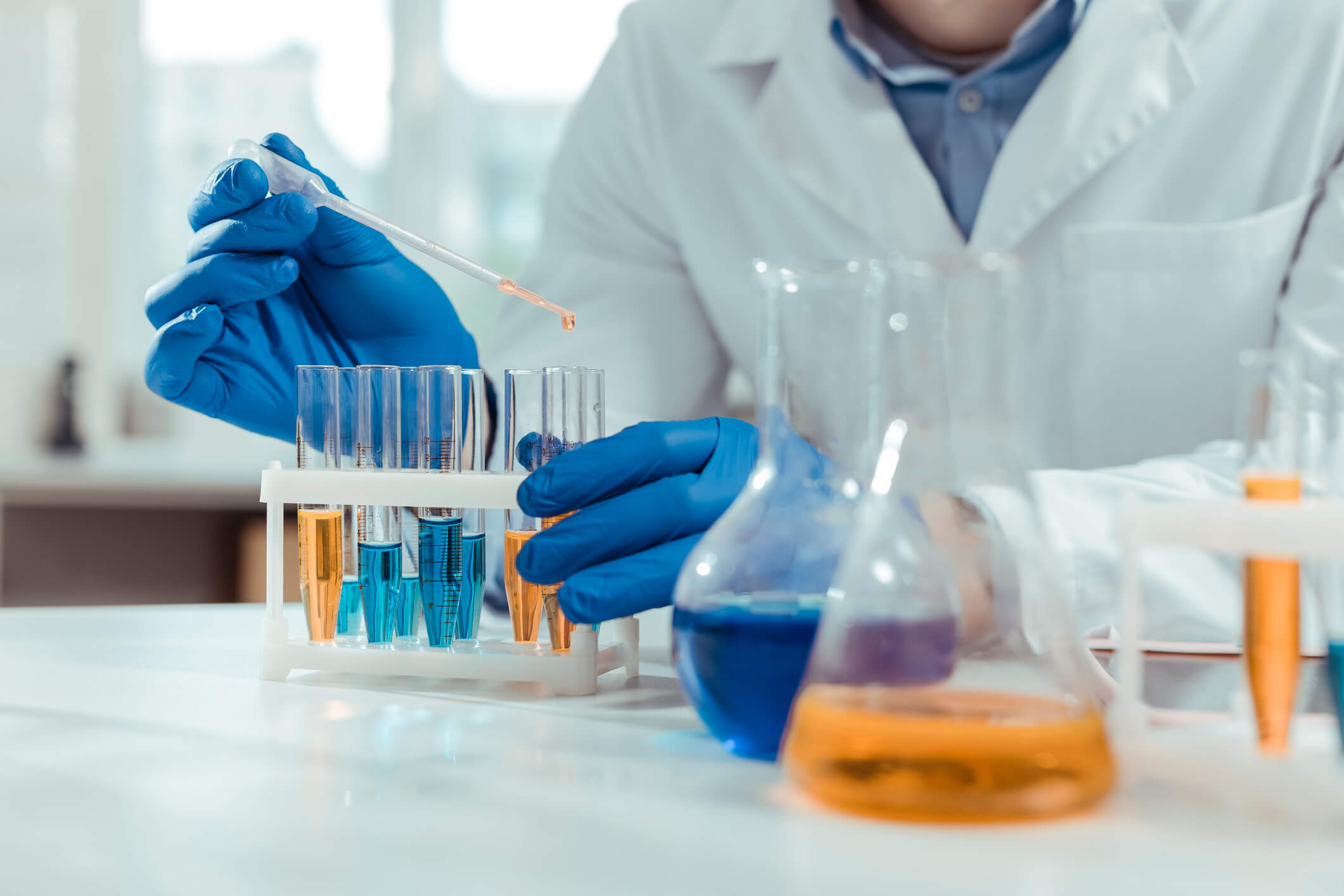Physical Chemistry 1
Overall Course Objectives
To introduce the various thermodynamic forms of energy in chemistry that may be used to predict the spontaneous direction of processes and to determine the exchange of work and heat. In addition, to introduce the quantum mechanical description of molecules.
Learning Objectives
- Distinguish between properties of ideal and real gasses and calculate their change of state in processes.
- Describe the content of the 1., 2., and 3. laws of thermodynamics.
- Describe the meaning of state functions: Internal energy, enthalpy, entropi, Helmholtz energy, and Gibbs energy.
- Discuss reversible and irreversible processes.
- Describe how the termodynamic functions depend on temperature and pressure/volume for pure substances.
- Describe cyclic processes including the calculation of associated exhange of heat and work.
- Predict whether a reaction can take place from a thermodynamic point of view and determine the associated work.
- Describe phase changes and phase equilibria of pure substances.
- Calculate the quantized energy levels for simple atomic systems, including the interpretation of atomic orbitals.
- Describe chemical bonding in terms of molecular orbitals.
Course Content
Chemical thermodynamics for pure substances and for mixtures of gases. Specifically, the following issues are discussed: The fundamental laws of thermodynamics, thermodynamic systems, state functions, reversible and irreversible processes, thermochemistry, phase diagrams of pure substances, properties of gases. Introduction to the quantum mechanical description of molecules, including the Schrödinger equation, the quantization of energy, chemical bonding and molecular orbitals. Introduction to statistical termodynamics.
Teaching Method
Lectures, problem sessions and homework assignments.




